In a Game Design Document (GDD), world building, storytelling, and characters are essential elements that create an engaging player experience. World building establishes the game’s environment and rules, providing a rich backdrop. Storytelling outlines the narrative and quests that drive the gameplay, while characters bring the story to life with their unique traits and motivations. Together, these components help make the game immersive and relatable for players.

Creating a video game world is an exciting adventure where you get to design a whole new universe. You build everything from the landscapes and cities to the people and their stories, making sure it all works together smoothly. It’s like putting together a giant puzzle where each piece, whether it’s the setting or the rules, helps make the game feel real and engaging. The goal is to craft a place where players can explore, interact, and get lost in, all thanks to your creativity and planning.
When designing a video game, world building involves creating a detailed and believable game world. Here's what it includes:
1. Background Story:
- History: The events that happened in the world before the game starts.
- Characters and Groups: The important people and organizations in the game, along with their backstories.
- Legends: Any myths or stories that shape the world’s culture.
2. Environment:
- Map: The layout of the world, including important locations and regions.
- Landscapes: Different types of environments like forests, deserts, or cities.
- Buildings: The design and style of structures and towns.
3. Culture:
- Society: How people are organized and governed.
- Traditions: Customs, festivals, and everyday life of the people.
- Languages: The languages or dialects spoken in the game.
4. Technology and Magic:
- Technology Level: The types of tools and machinery available.
- Magic or Powers: Any supernatural abilities or magic, if applicable.
5. Economy:
- Trade: How goods and currency are exchanged.
- Resources: Important materials that are needed for survival and trade.
6. Gameplay:
- Missions and Stories: How the game's quests and missions are influenced by the world’s background.
- Interaction: How players can interact with and affect the world.
7. Visuals and Sounds:
- Art Style: The look of the game world, including colors and design.
- Sounds: Music and sound effects that help bring the world to life.
8. Consistency:
- Believability: Making sure all aspects of the world fit together logically and consistently.
- In essence, world building is about creating a rich and immersive game world that feels real and engaging to players.
Milanote has a fantastic article, step-by-step and provides an example on how to build a world for a video game — https://milanote.com/guide/game-design-worldbuilding.

Storytelling is essential in video game design because it captivates players and adds context to their actions, making the gameplay more engaging. A well-crafted narrative pulls players into the game world, helping them form emotional connections with characters and events while guiding their decisions. This turns the game from a series of tasks into a memorable adventure, enhancing the overall experience and encouraging players to explore the game’s rich world.
A story is essential in video game design for several reasons:
- Engages Players: A compelling story draws players in and keeps them interested. It provides context for their actions and motivates them to progress through the game.
- Creates Emotional Connection: A well-crafted narrative allows players to form emotional bonds with characters and events, making the game more memorable and impactful.
- Adds Depth to Gameplay: A story can enhance the gameplay by giving meaning to tasks and objectives. It turns actions into part of a larger journey or quest, adding purpose to gameplay.
- Enhances Immersion: A strong story helps build an immersive game world. It makes the environment and characters feel more real and integrated, which enhances the overall experience.
- Guides Player Choices: Story elements can influence player decisions and strategies, making their choices feel significant and affecting how they interact with the game world.
- Supports World-Building: A narrative provides a framework for developing the game’s world, including its history, culture, and setting. This helps create a cohesive and believable environment.
Narrative vs Storytelling:
Narrative and storytelling are closely related concepts, but they focus on different aspects of how stories are conveyed and experienced. Narrative refers to the structure and content of the story itself—the sequence of events, characters, and themes that make up the plot. Storytelling is the method or technique used to present and communicate the narrative to the audience. It involves how the story is told, including the use of dialogue, visuals, pacing, and interactive elements.
For example: The Last of Us.
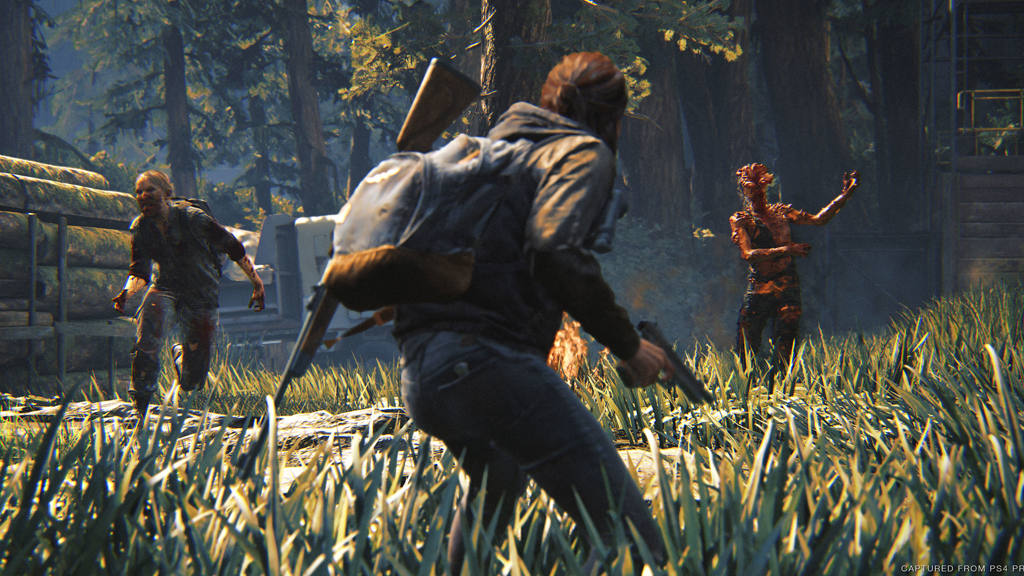
Narrative:
The narrative is the actual story of the game. In The Last of Us, it’s about Joel and Ellie traveling through a world devastated by a fungal infection. Joel is a tough survivor, and Ellie is a young girl who might hold the key to a cure. As they move across a dangerous landscape, they face threats from infected creatures and other survivors. The story dives into themes like survival, loss, and tough moral choices.
Storytelling:
Storytelling is how the game presents this narrative to you. In The Last of Us, it uses:
-
The Game World: Details in the environment, like abandoned places and personal items, help tell the story without directly explaining it.
-
Dialogue: Conversations between Joel, Ellie, and other characters reveal more about them and move the story forward.
-
Cutscenes: Special animated scenes show key moments and emotions, making the story more dramatic.
-
Gameplay: How you play the game—like fighting enemies and exploring—reflects the challenges the characters face, adding to the story’s impact.
Narrative Arc:
Video games often use story structures similar to traditional storytelling, but with interactive features that let players affect the outcome. Here are some common story arcs in video games, with examples:
1. The Hero’s Journey
A classic narrative structure where the protagonist embarks on an adventure, faces challenges, and returns transformed. This arc often includes stages like the call to adventure, crossing the threshold, facing trials, and returning home with newfound wisdom.
Examples:
"The Legend of Zelda: Ocarina of Time": Link begins as a young boy in a peaceful land, is called to adventure to save Hyrule, faces numerous trials, and returns as a hero.
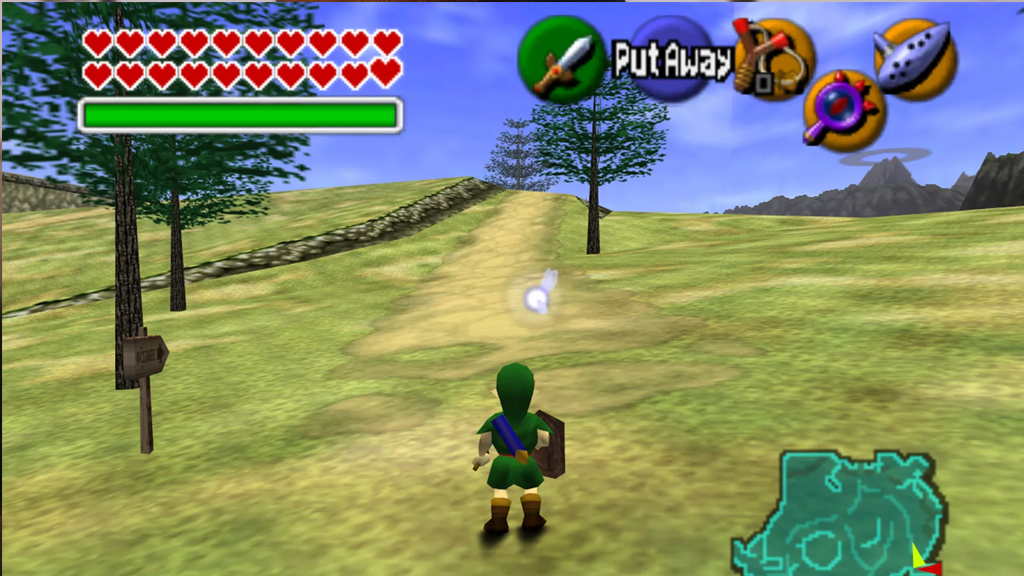
"Final Fantasy VII": Cloud Strife’s journey from a mercenary to a hero fighting to save the planet follows the Hero’s Journey framework.

2. The Rise and Fall
This arc involves a protagonist or group achieving greatness, only to fall from grace due to personal flaws, external pressures, or a series of unfortunate events.
Examples:
"Red Dead Redemption": John Marston’s rise as an outlaw and eventual quest for redemption highlights his fall from grace and subsequent struggle for a better life.

"BioShock": The protagonist’s initial rise to power in Rapture and the subsequent downfall showcases the dangers of unchecked ambition and moral corruption.

3. The Tragedy
A narrative arc where the protagonist’s story ends in failure or disaster, often due to their own flaws or unavoidable circumstances. This arc focuses on the inevitability of the tragic outcome.
Examples:
"The Last of Us": Joel and Ellie’s journey is marked by a series of tragic events and moral dilemmas that lead to a complex, often heart-wrenching resolution.
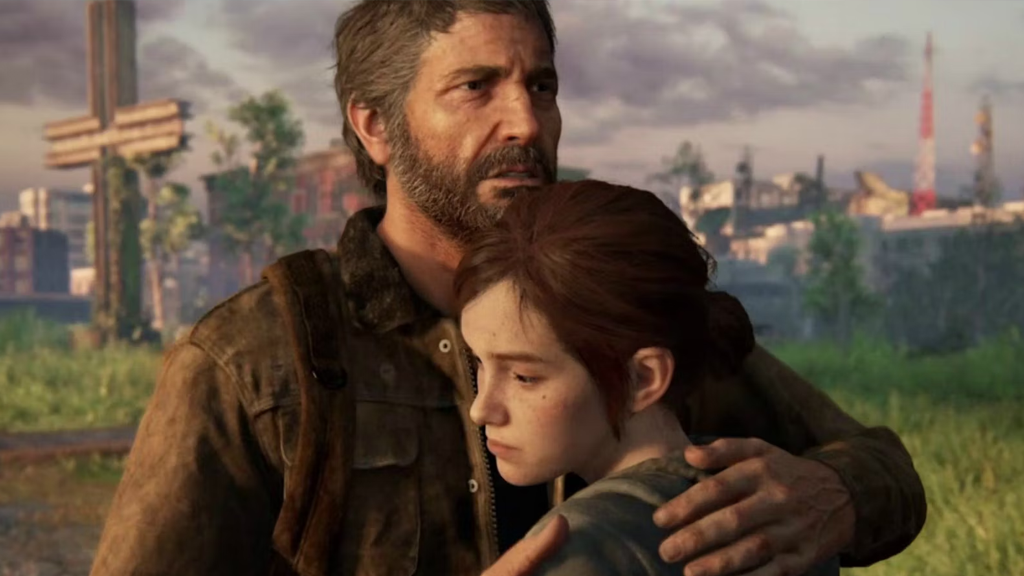
"Spec Ops: The Line": The story unfolds with the protagonist’s increasing moral decay and eventual tragic realization of his actions’ consequences.

4. The Quest
The protagonist is driven by a specific goal or mission, facing various obstacles along the way. Success or failure depends on their ability to overcome these challenges.
Examples:
"Mass Effect": Commander Shepard’s quest to unite disparate factions and save the galaxy from the Reapers involves numerous missions and character interactions.
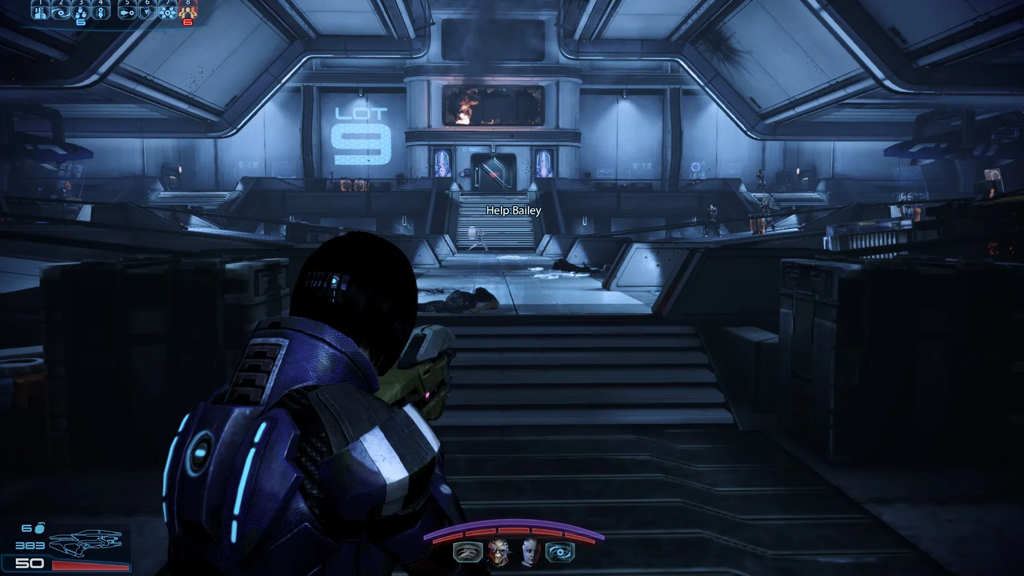
"The Witcher 3: Wild Hunt": Geralt of Rivia’s quest to find his adopted daughter leads him through a richly detailed world filled with complex choices and branching storylines.

5. The Redemption Arc
The protagonist seeks to atone for past mistakes or wrongdoings, aiming to make amends and find personal redemption.
Examples:
"God of War (2018)": Kratos seeks redemption for his past actions while trying to build a better future for himself and his son, Atreus.
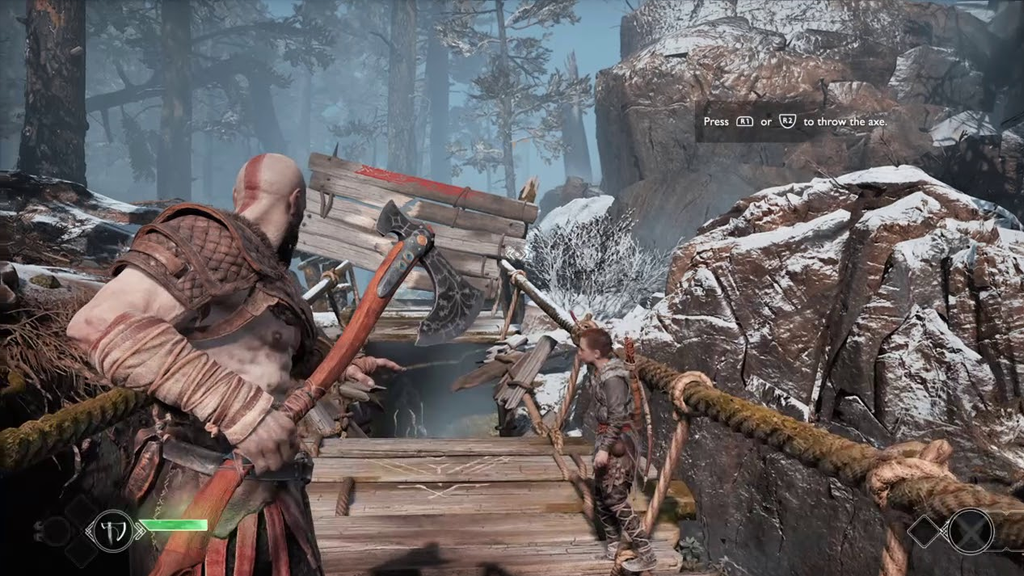
"Darksiders III": Fury’s journey involves confronting her own flaws and the mistakes of her past as she seeks to restore balance to the world.
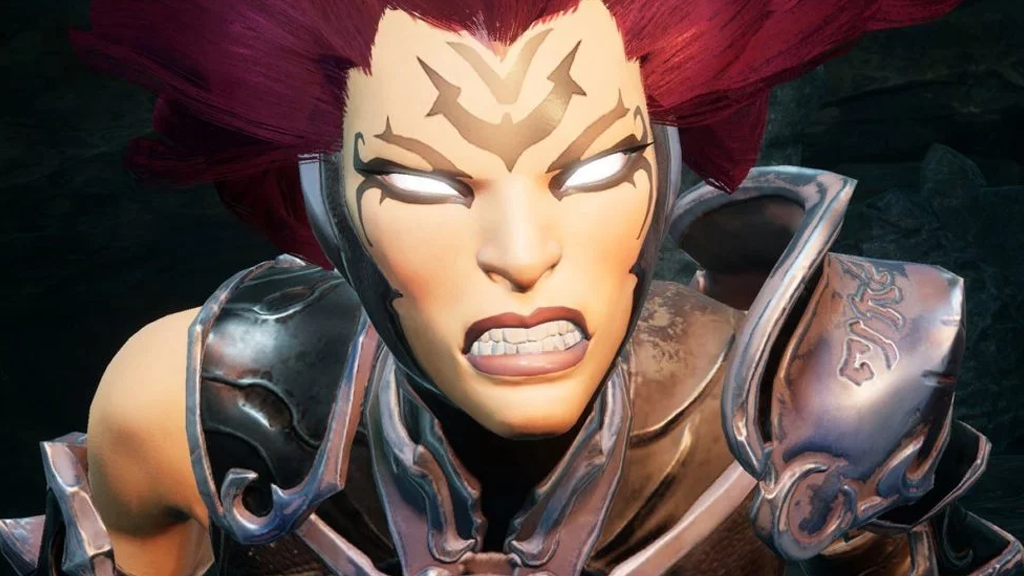
6. The Mystery/Investigation
The protagonist engages in a quest to uncover secrets or solve a mystery, often involving detective work, exploration, and piecing together clues.
Examples:
"L.A. Noire": Players take on the role of a detective solving various cases in a noir-inspired setting, using investigation and interrogation skills.

"Her Story": The narrative revolves around solving a mystery by searching through a database of video interviews and piecing together the story.

7. The Evolution
The protagonist undergoes significant personal growth or change over the course of the game, often driven by interactions with other characters or the challenges they face.
Examples:
"Undertale": Players influence the protagonist’s evolution through their choices, leading to multiple outcomes based on their actions and interactions with other characters.

"Persona 5": The protagonist and their friends grow both personally and as a group, fighting against corruption while navigating their own personal issues.
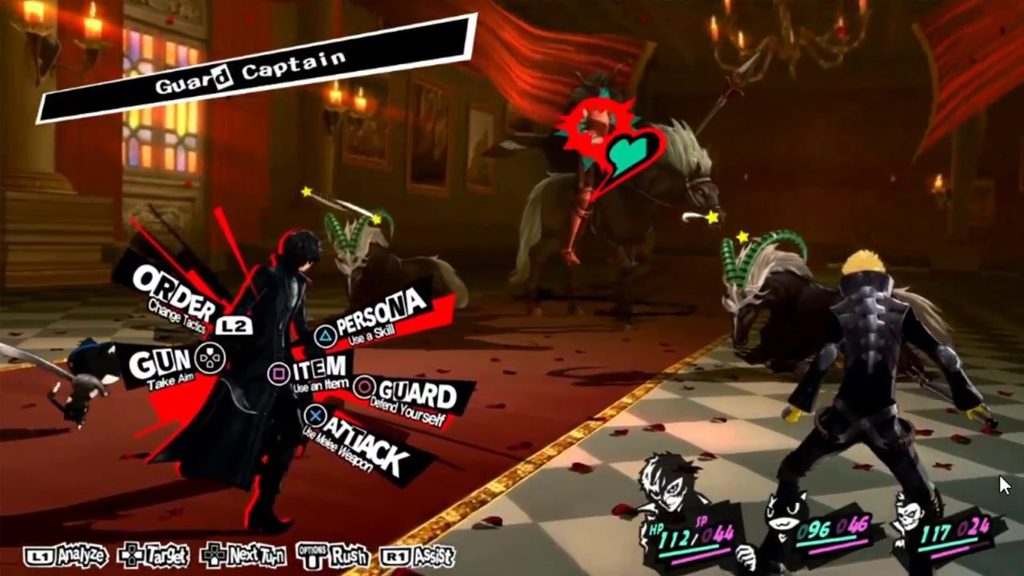
These narrative arcs can blend and overlap, creating rich and varied storytelling experiences in video games.

Character types in video games are crucial because they drive the story, engage players, and create memorable experiences. Diverse character types, such as heroes, villains, sidekicks, and mentors, each bring unique qualities and motivations that enrich the narrative.
Heroes often serve as players’ avatars, guiding them through the game’s challenges and emotional highs. Villains create conflict and tension, pushing the story forward and providing a sense of purpose. Sidekicks and mentors add depth, offering support, wisdom, and different perspectives. By incorporating a range of character types, games can craft more complex and compelling stories, making players feel more connected to the game world and invested in the outcomes.
-
Hero
Link from The Legend of Zelda series: Link is the brave protagonist who takes on the quest to save Hyrule from various threats.
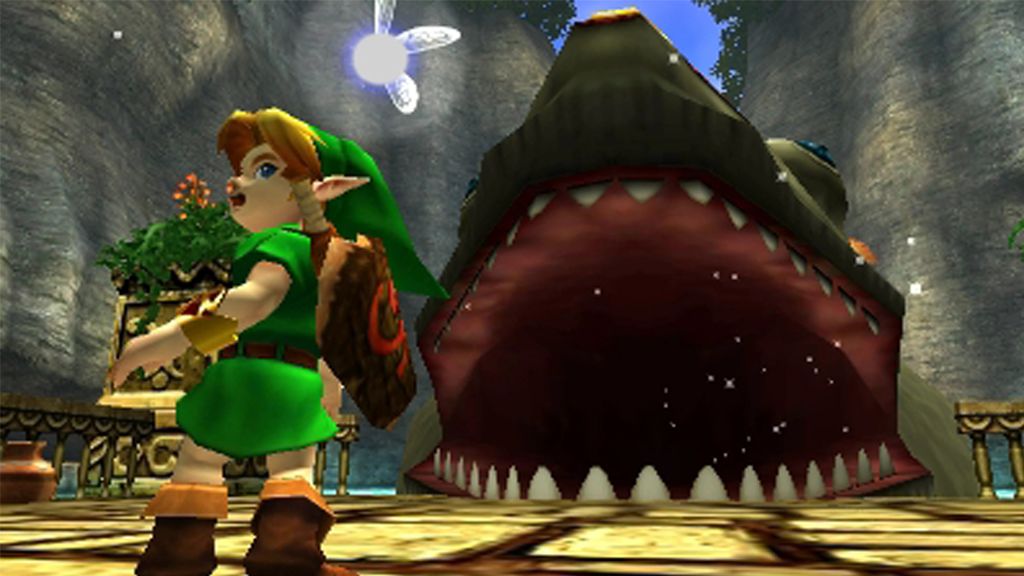
Commander Shepard from Mass Effect: Shepard is the central figure in the game’s epic space opera, leading efforts to save the galaxy from existential threats.
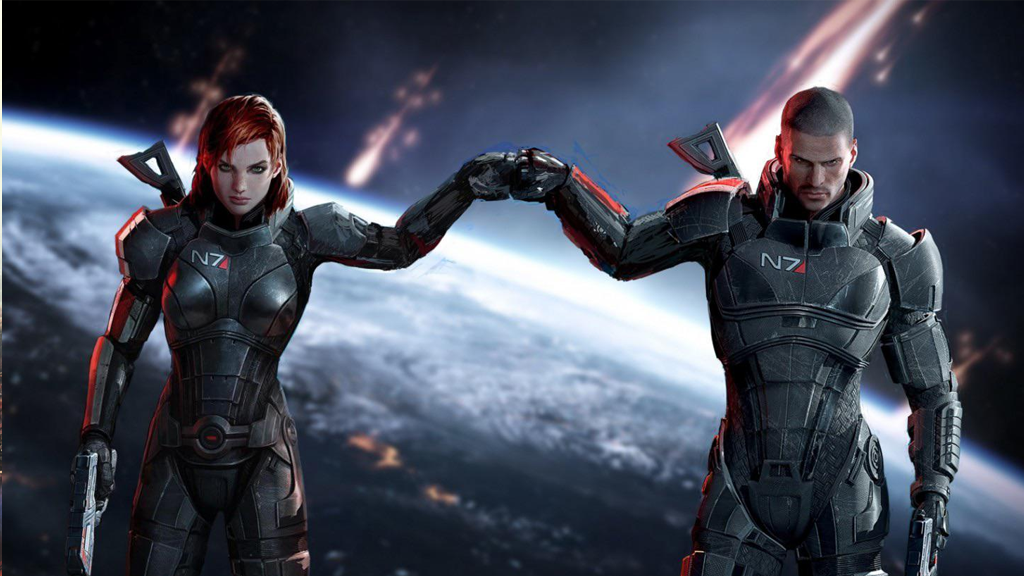
-
Villain
Sephiroth from Final Fantasy VII: Sephiroth is a powerful and complex antagonist whose actions drive much of the game's central conflict.

Vaas Montenegro from Far Cry 3: Vaas is a charismatic yet ruthless pirate leader who poses a major threat to the protagonist’s survival.
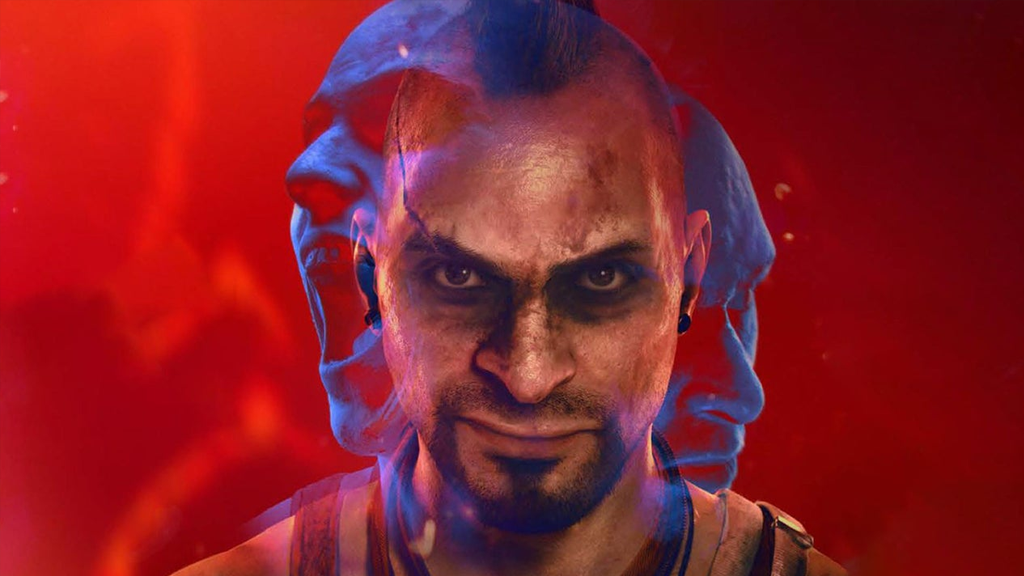
-
Sidekick
Tails from Sonic the Hedgehog: Tails supports Sonic with his flying abilities and technical skills, aiding him on his adventures.

Elizabeth from BioShock Infinite: Elizabeth assists the protagonist, Booker DeWitt, with her powers and knowledge, significantly impacting the story and gameplay.
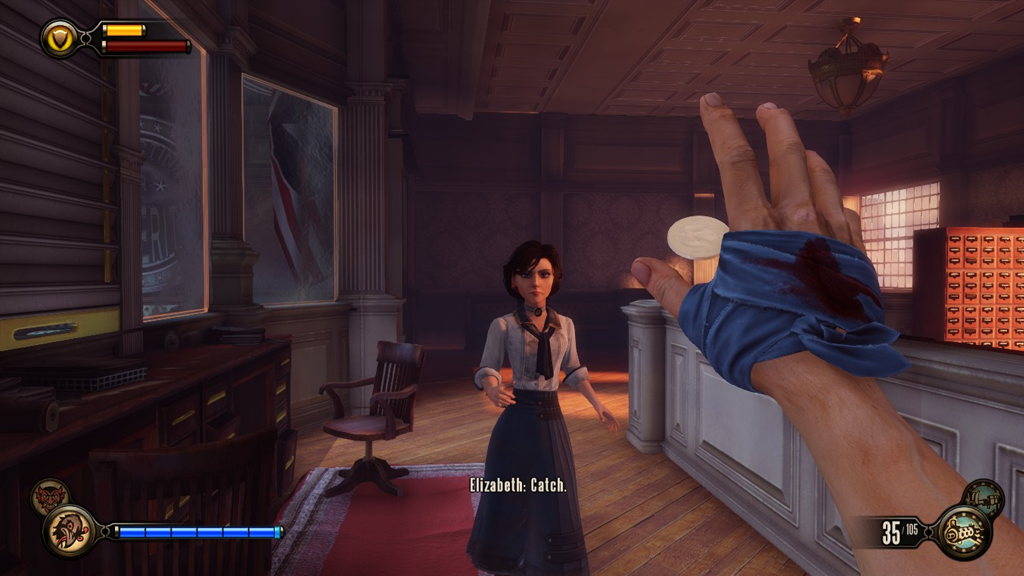
-
Mentor
Gandalf in Middle-earth: Shadow of Mordor: Gandalf provides wisdom and guidance to the protagonist, helping him navigate the challenges in Middle-earth.
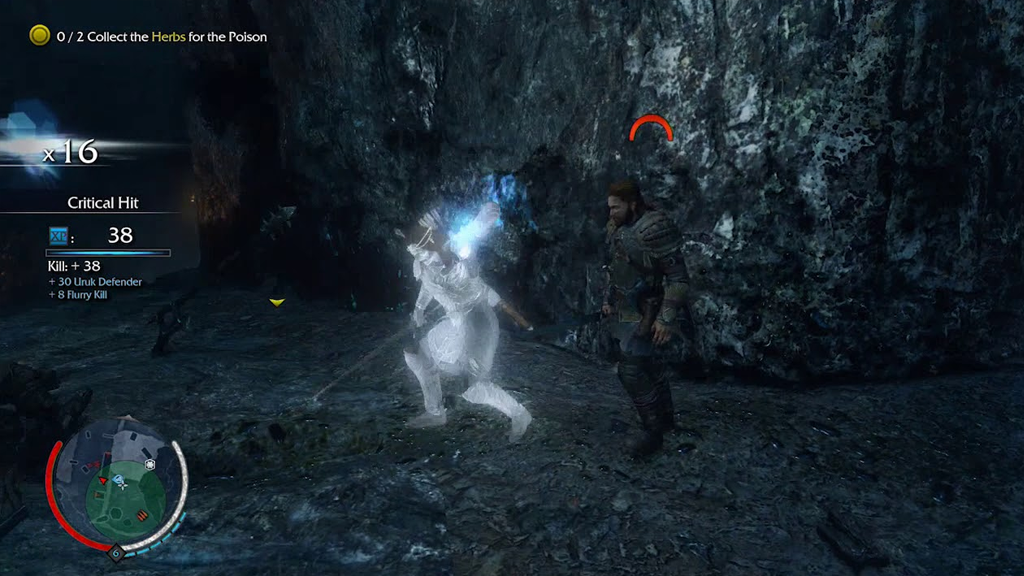
Master Yoda in Star Wars: Jedi Survivor: Yoda offers training and advice to the player character, helping them grow as a Jedi.

- Anti-Hero
Kratos from God of War: Kratos is a flawed character driven by rage and vengeance, whose journey explores themes of redemption and personal growth.

Geralt of Rivia from The Witcher 3: Wild Hunt: Geralt is a morally ambiguous character who makes difficult choices in a world full of dark magic and political intrigue.
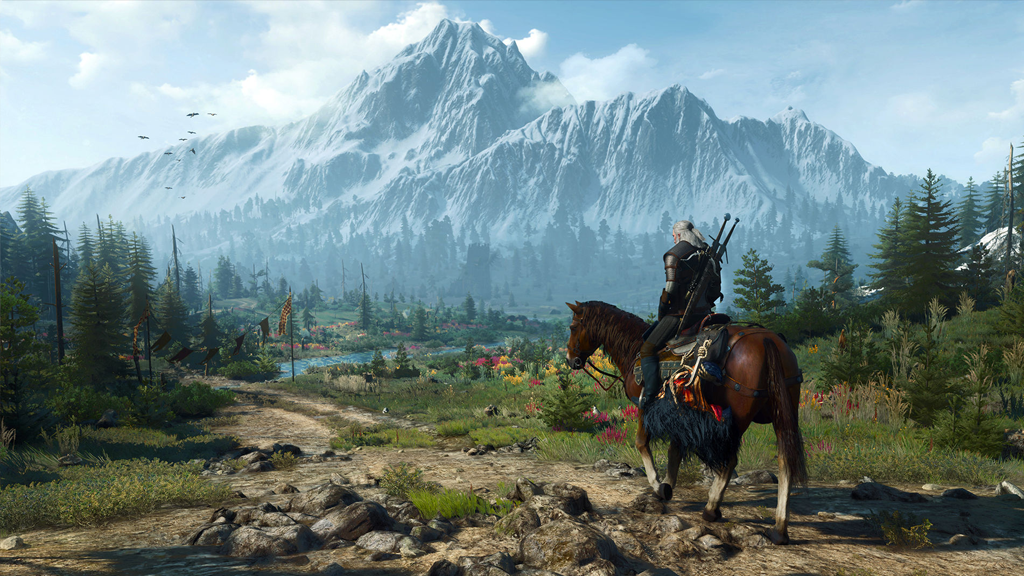
-
Comic Relief
GLaDOS from Portal: GLaDOS provides dark humor and witty dialogue that adds a layer of comedy to the game's otherwise serious and challenging puzzles.

HK-47 from Star Wars: Knights of the Old Republic: This assassin droid’s darkly comedic take on violence and morality provides a humorous counterpoint to the game’s more serious moments.

-
Tragic Hero
Geralt of Rivia from The Witcher 3: Wild Hunt: Geralt faces personal loss and moral dilemmas, often leading to tragic consequences.
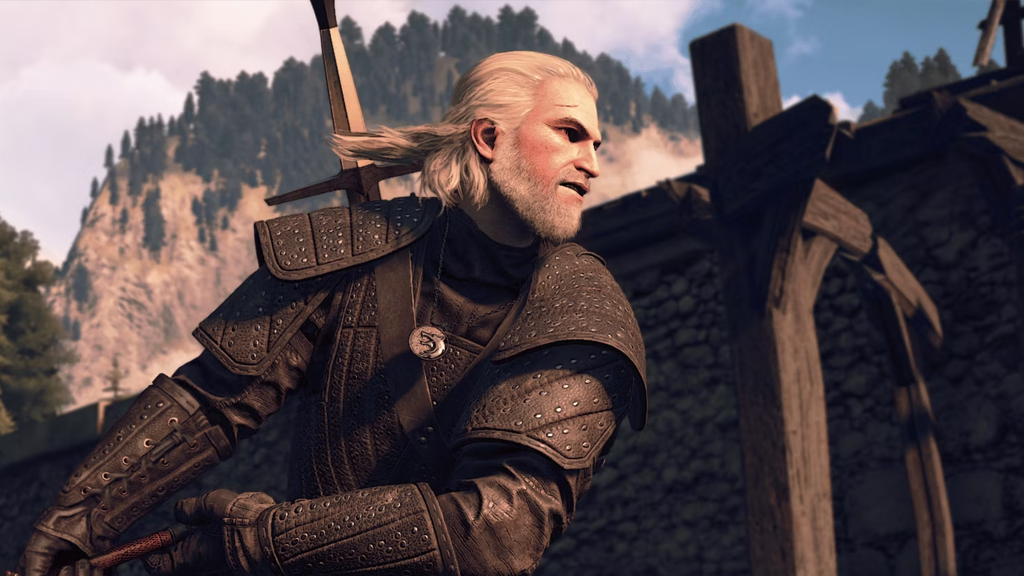
Arthur Morgan from Red Dead Redemption 2: Arthur’s story is marked by his struggle with his past actions and the harsh realities of his life as an outlaw, culminating in a tragic end.

In storytelling, a character arc is the journey a character goes through, where they change and grow as the story unfolds. This change might be physical, emotional, or mental. The character starts in one place, faces challenges and experiences, and ends up different by the end of the story.
Kratos in God of War (2018):
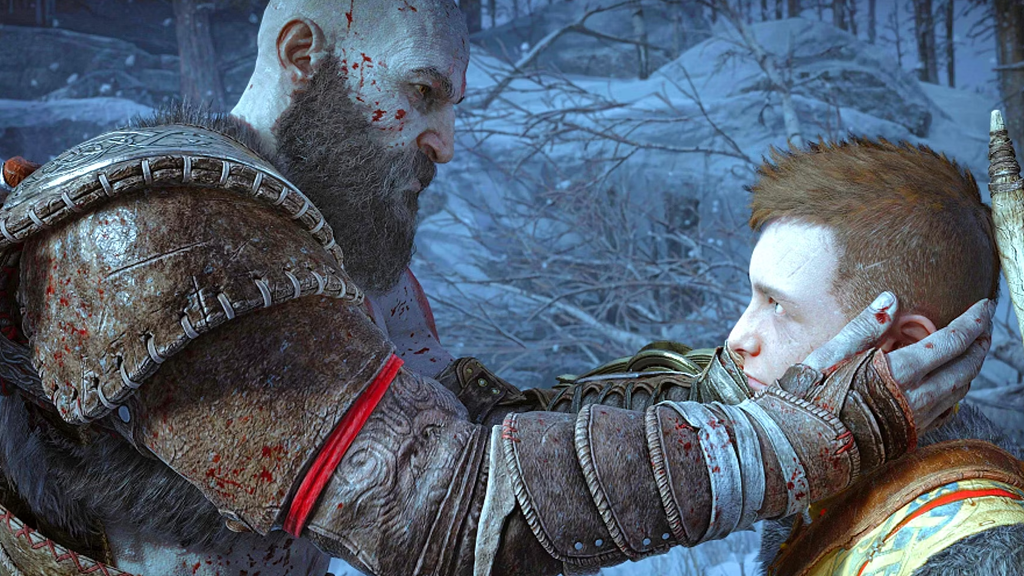
- Starting Point: Kratos begins as a vengeful and brutal god, haunted by his past actions and seeking to leave his violent history behind.
- Conflict: Throughout the game, he struggles with his anger and attempts to build a better life for his son, Atreus, while confronting old enemies and personal demons.
- Development: Kratos learns to control his rage, embrace his role as a father, and make choices that reflect his desire for redemption and a more meaningful existence.
- Resolution: By the end of the game, Kratos shows significant emotional growth, reconciling with his past and establishing a more positive relationship with his son.
Geralt of Rivia in The Witcher 3: Wild Hunt:

- Starting Point: Geralt starts as a skilled monster hunter with a strong sense of duty and a somewhat detached attitude towards the world.
- Conflict: Throughout his journey, Geralt faces personal dilemmas, complex political situations, and the search for his adopted daughter, Ciri.
- Development: His experiences force him to confront his own values, relationships, and the impact of his choices on the world around him.
- Resolution: By the end of the game, Geralt’s character arc reflects his growth as he becomes more emotionally connected and acknowledges the consequences of his actions.
Milanote has a fantastic article, step-by-step and provides an example on how to create fun and engaging video game characters— https://milanote.com/guide/game-design-character-profile

When choosing a location for your video game, start by thinking about what fits best with your game's story and style. For example, a fantasy game might need a magical world, while a horror game might work better with a creepy, dark setting. Also, make sure the location matches what your development team can realistically create and works well with the gaming platforms you’re using. Finally, consider what will make the game enjoyable for your players and help them get more involved in the game. Balancing these factors will help you pick a location that works well for your game
Choosing a location for a video game involves several key considerations to ensure it enhances both the gameplay and the story. Here are some tips to guide you:
-
Match the Story: Pick a location that fits with the game’s story and theme. It should help tell the story and set the right mood.
-
Support Gameplay: Choose a location that works well with the type of gameplay. For example, a platformer might need areas with lots of jumps and obstacles.
-
Size Matters: Make sure the location is the right size for your game. It shouldn’t be too big or too small for the gameplay you’re aiming for.
-
Think About Player Experience: Design the location so it’s enjoyable to play in. It should be easy to navigate but still offer a good challenge.
-
Keep it Consistent: Ensure the location fits well with other parts of the game. It should feel like a natural part of the game world.

In this activity, you'll dive into brainstorming the key elements of your video game world. Focus on crafting the storyline, developing intriguing characters, and designing immersive locations.
Your Task
Begin by creating the foundation of your game world, exploring its history, culture, technology, and more to enhance the overall experience.
Next, sketch or doodle your main character. Consider their clothing style, species, accent, and personality traits.
Finally, select a narrative structure that aligns well with both your world and your character.
